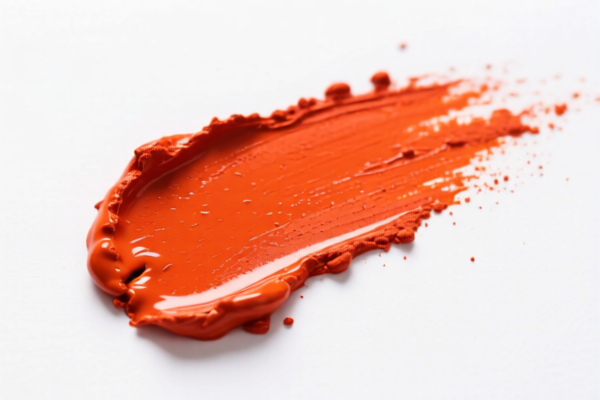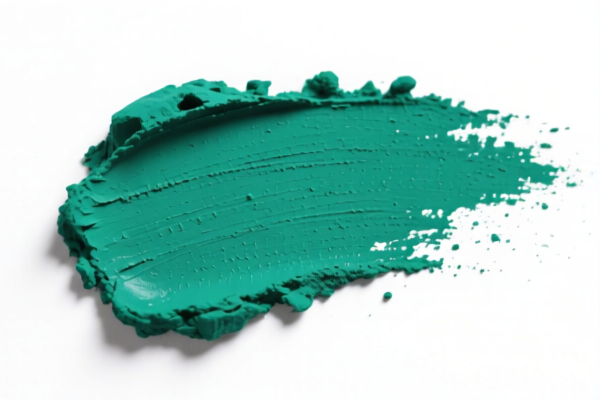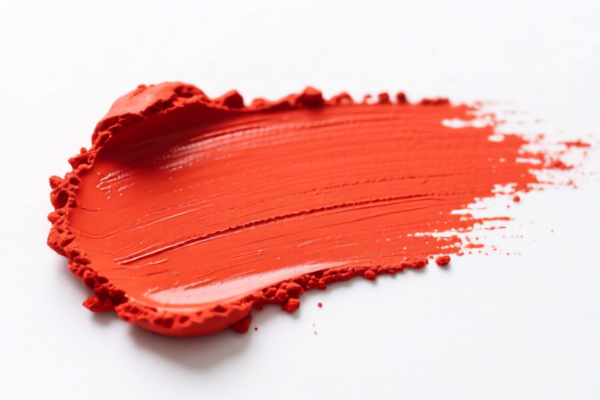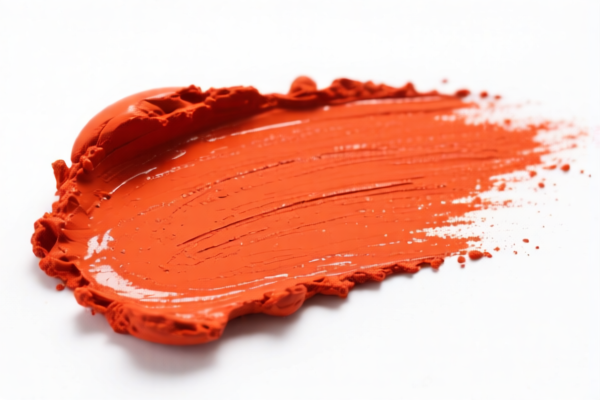Found 6 matching results
(CN → US)
| HS Code | Official Doc | Tariff Rate | Origin | Destination | Effective Date |
|---|---|---|---|---|---|
| 3207100000 | Doc | 58.1% | CN | US | 2025-05-12 |
| 3207200000 | Doc | 59.9% | CN | US | 2025-05-12 |
| 3212100000 | Doc | 59.7% | CN | US | 2025-05-12 |
| 3212900010 | Doc | 58.1% | CN | US | 2025-05-12 |
| 2821100010 | Doc | 58.7% | CN | US | 2025-05-12 |
| 2821100020 | Doc | 58.7% | CN | US | 2025-05-12 |




Pigment
Pigments are insoluble colored particles that are used to impart color to a variety of materials. Unlike dyes, which dissolve in the application medium, pigments remain as solid particles and are dispersed within the medium.
Material
Pigments are derived from a diverse range of sources, categorized broadly as:
- Natural Pigments: Historically, pigments were sourced from natural materials. These include:
- Mineral Pigments: Ochres (iron oxides - yellows, reds, browns), umbers (iron oxides with manganese), siennas (iron oxides with manganese and calcium), azurite (blue), malachite (green), cinnabar (red).
- Organic Pigments: Derived from plants (indigo, madder lake), animals (Tyrian purple from shellfish), and insects (cochineal).
- Synthetic Pigments: Developed through chemical processes, offering greater consistency, wider color ranges, and often improved stability. Examples include:
- Inorganic Pigments: Cadmium pigments (yellows, reds, oranges), chromium pigments (greens, yellows), ultramarine (blue, synthesized from sulfur, sodium, and carbon).
- Organic Pigments: Azo pigments (wide range of colors, often bright), phthalocyanine pigments (blues, greens), quinacridone pigments (reds, violets, oranges).
- Metallic Pigments: Aluminum powders (silvers), bronze powders (golds).
Purpose
The primary purpose of pigments is to provide color. Beyond aesthetics, pigments can also serve functional roles:
- Protection: Some pigments, like iron oxides, offer UV protection or corrosion resistance.
- Texture: Pigments can influence the texture of a material, particularly in paints and coatings.
- Special Effects: Pearlescent pigments (mica coated with metal oxides) create iridescent effects. Fluorescent pigments emit light.
Function
Pigments function by:
- Selective Absorption & Reflection: Pigments absorb certain wavelengths of light and reflect others, determining the color perceived.
- Dispersion: Effective color requires uniform dispersion of pigment particles within the application medium. This is often achieved using dispersants and milling processes.
- Stability: Pigments must be chemically and physically stable to resist fading, degradation, or reaction with the application medium.
Usage Scenarios
Pigments are used in a wide array of applications:
- Paints & Coatings: Architectural paints, automotive coatings, industrial coatings, artist paints.
- Plastics: Coloring of plastic products, including toys, packaging, and automotive components.
- Inks: Printing inks for paper, textiles, and packaging.
- Cosmetics: Coloring of makeup, skincare products, and personal care items.
- Textiles: Dyeing and printing of fabrics.
- Construction Materials: Coloring of concrete, bricks, and roofing tiles.
- Ceramics & Glass: Coloring of ceramic glazes and glass products.
Common Types
- Titanium Dioxide (TiO₂): A widely used white pigment known for its high opacity and brightness.
- Iron Oxides: Yellow, red, brown, and black pigments, valued for their durability and UV protection.
- Phthalo Blue: A strong, vibrant blue pigment used in paints, inks, and plastics.
- Cadmium Pigments: Bright yellows, oranges, and reds, known for their color intensity (though use is increasingly restricted due to toxicity).
- Carbon Black: A black pigment used in inks, coatings, and plastics.
- Ultramarine Blue: A vivid blue pigment historically made from lapis lazuli, now synthetically produced.
- Quinacridone Pigments: Reds, violets, and oranges, offering high color strength and lightfastness.
Pigments encompass a range of colorants used in various applications, including paints, coatings, and coloring materials. The following HS codes are relevant based on the provided information:
- 3207100000: This HS code covers prepared pigments, prepared opacifiers, and similar preparations. This includes pigments that have undergone a processing step to enhance their properties or suitability for specific applications. The basic tariff is 3.1%, with an additional tariff of 25.0% (increasing to 30.0% after April 2, 2025), resulting in a total tariff of 58.1%.
- 3207200000: This HS code includes prepared pigments, prepared opacifiers, and prepared colors, vitrifiable enamels and glazes, engobes (slips), and similar preparations. This category expands on 3207100000 to include pigments used in ceramic applications. The basic tariff is 4.9%, with an additional tariff of 25.0% (increasing to 30.0% after April 2, 2025), resulting in a total tariff of 59.9%.
- 3212100000: This HS code covers pigments (including metallic powders and flakes) dispersed in nonaqueous media, in liquid or paste form, used in the manufacture of paints (including enamels), stamping foils, dyes, and other coloring matter put up in forms or packings for retail sale, specifically stamping foils. The basic tariff is 4.7%, with an additional tariff of 25.0% (increasing to 30.0% after April 2, 2025), resulting in a total tariff of 59.7%.
- 3212900010: This HS code covers pigments (including metallic powders and flakes) dispersed in nonaqueous media, in liquid or paste form, used in the manufacture of paints (including enamels), dyes, and other coloring matter put up in forms or packings for retail sale, specifically other metallic aluminum pigments. The basic tariff is 3.1%, with an additional tariff of 25.0% (increasing to 30.0% after April 2, 2025), resulting in a total tariff of 58.1%.
- 2821100010: This HS code covers iron oxides and hydroxides; earth colors containing 70 percent or more by weight of combined iron evaluated as Fe2O3, specifically synthetic pigments: Black. The basic tariff is 3.7%, with an additional tariff of 25.0% (increasing to 30.0% after April 2, 2025), resulting in a total tariff of 58.7%.
- 2821100020: This HS code covers iron oxides and hydroxides; earth colors containing 70 percent or more by weight of combined iron evaluated as Fe2O3, specifically synthetic pigments: Red. The basic tariff is 3.7%, with an additional tariff of 25.0% (increasing to 30.0% after April 2, 2025), resulting in a total tariff of 58.7%.
Customer Reviews
No reviews yet.